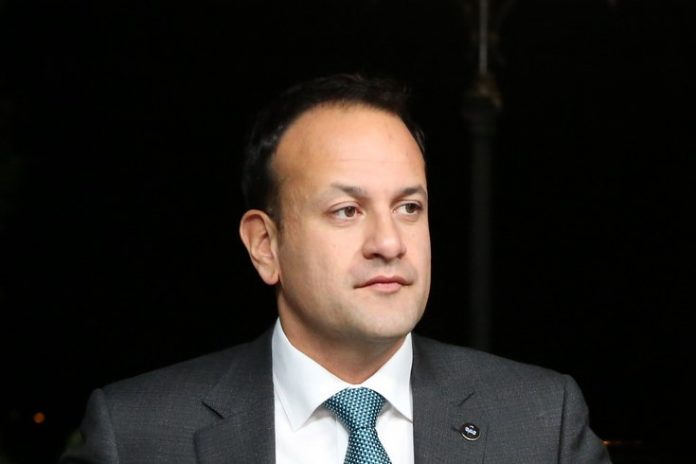Northern Ireland is the biggest sticking point in Brexit negotiations. But what’s the situation on the ground?
A majority of people in Northern Ireland voted to stay in the European Union during the Brexit referendum. Part of this was due to fears about a return to a hard border between Northern Ireland and the Republic.
As reported by FRANCE 24, the Good Friday Agreement exactly 20 years ago in 1998 brought down the contentious border and now people pass freely across the frontier with no checkpoints or soldiers.
The peace process, in which the European Union played an important role, also brought prosperity and a future to the people of Northern Ireland.
Today, the Brexit debate is a reminder that the border is not just about customs or economics, but about identity. It’s about being Irish or being British.
At last week’s EU summit, Irish Taoiseach (equivalent to prime minister) Leo Varadkar asked fellow leaders to really reflect on the possibility of Brexit risking the fragile 20-year peace.
Mary Casey, whose customs officer father was killed by an IRA bomb at a customs post in 1972, told FRANCE 24, “I don’t think any of the politicians have any idea what the border is about really. Somebody goes out to work in the morning and they come back in a coffin”.
European Council President Donald Tusk said that a priority for any Brexit divorce deal was a solution to the Northern Ireland issue.
Furthermore, the EU’s chief Brexit negotiator Michel Barnier, when asked could the talks with the UK be completely derailed if there was not a satisfactory solution to the Northern Ireland question, replied that “the answer is yes”.
London believes customs and other checks can be avoided through a new trade agreement with Brussels, but accepts the need for a fallback plan until that deal is agreed.
However, the two sides have so far been unable to settle the terms.

